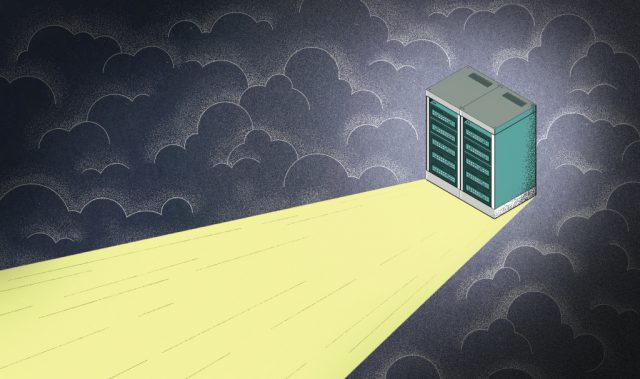
AsianScientist (Jun. 19, 2013) – Researchers have found that levels of radioactive strontium in the coastal waters of eastern Japan rose by almost a hundredfold in the three months following the Fukushima nuclear accident, which happened in March 2011.
In the three months following the accident at the Fukushima Dai-ichi nuclear power plant, the researchers took samples of water from the surface and from up to 200 meters in depth in an area between 30 and 600 kilometres off the eastern coast of Japan.
In their study, published in Biogeosciences, the researchers measured the concentrations of the two main strontium radioisotopes (strontium-90 and strontium-89) in the water samples and found that the levels of both radioisotopes were significantly elevated compared to the usual levels.
From their measurements, they found a hundred-fold increase in strontium-90 levels in the sea, with the highest concentrations of radioactive strontium found at the intersection between the Kuroshio and Oyashi ocean currents, 130 kilometers off the coast. In this case, the Kuroshio current acts as a barrier preventing radioactive material from being carried to lower latitudes.
“Since June 2011 there have been further large discharges of strontium from Fukushima that have not been measured with precision,” said Pere Masqué, the coordinator of the study.
“This does not necessarily mean that levels are now higher than two years ago: they could even be lower, as the isotope is diluted and dispersed over time. Whatever the case, more research into the impact of radioactivity on the areas that were most affected is needed.”
The researchers hope that their analyses, in addition to helping assess the impact of radioactive material releases into the marine environment soon after the Fukushima accident, can serve as a starting-point for other studies that are currently under way.
The article can be found at: Casacuberta et al. (2013) 90Sr And 89Sr In Seawater Off Japan As A Consequence Of The Fukushima Dai-ichi Nuclear Accident.
——
Source: UAB; Photo: Núria Casacuberta/UAB.
Disclaimer: This article does not necessarily reflect the views of AsianScientist or its staff.












